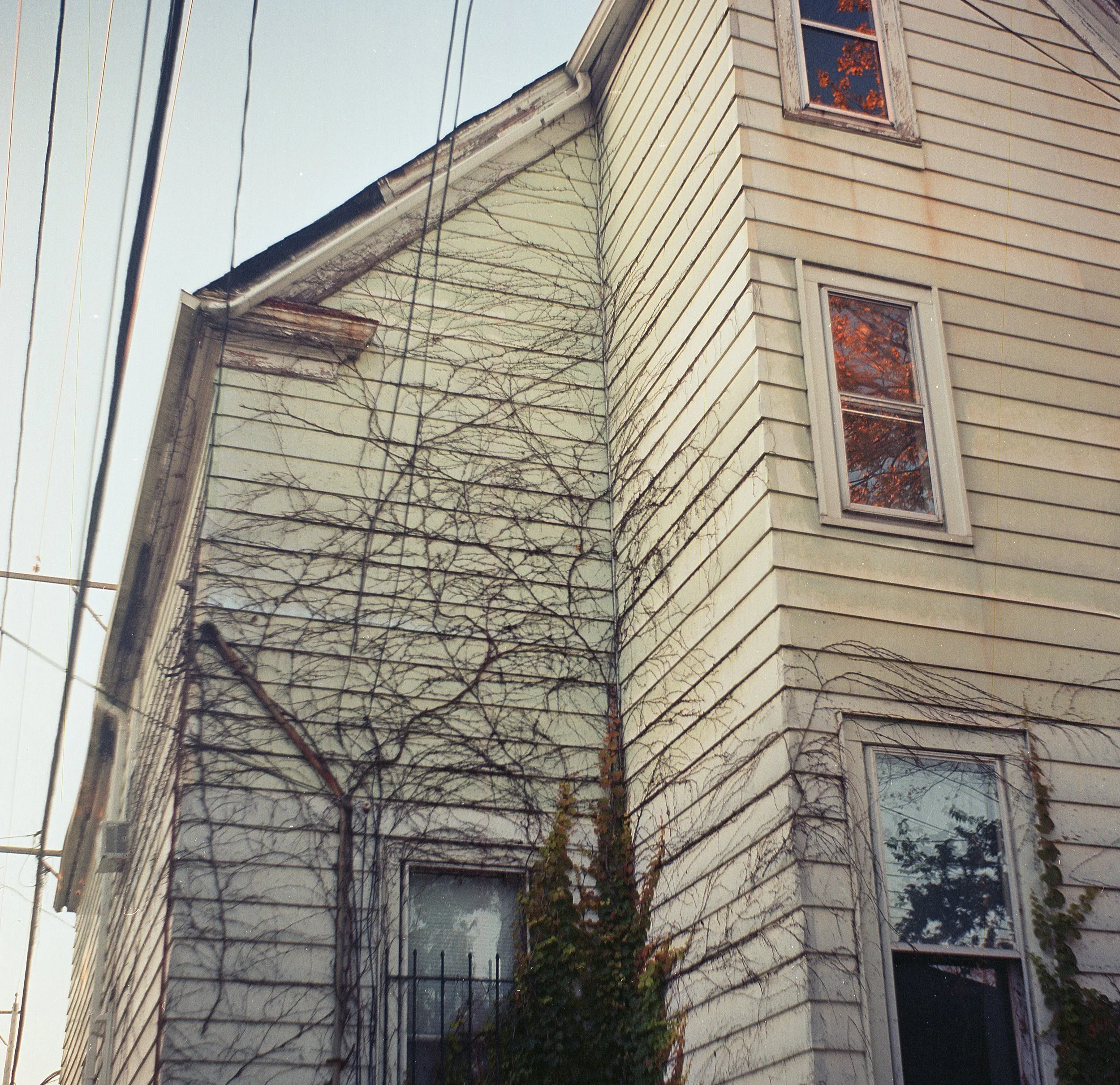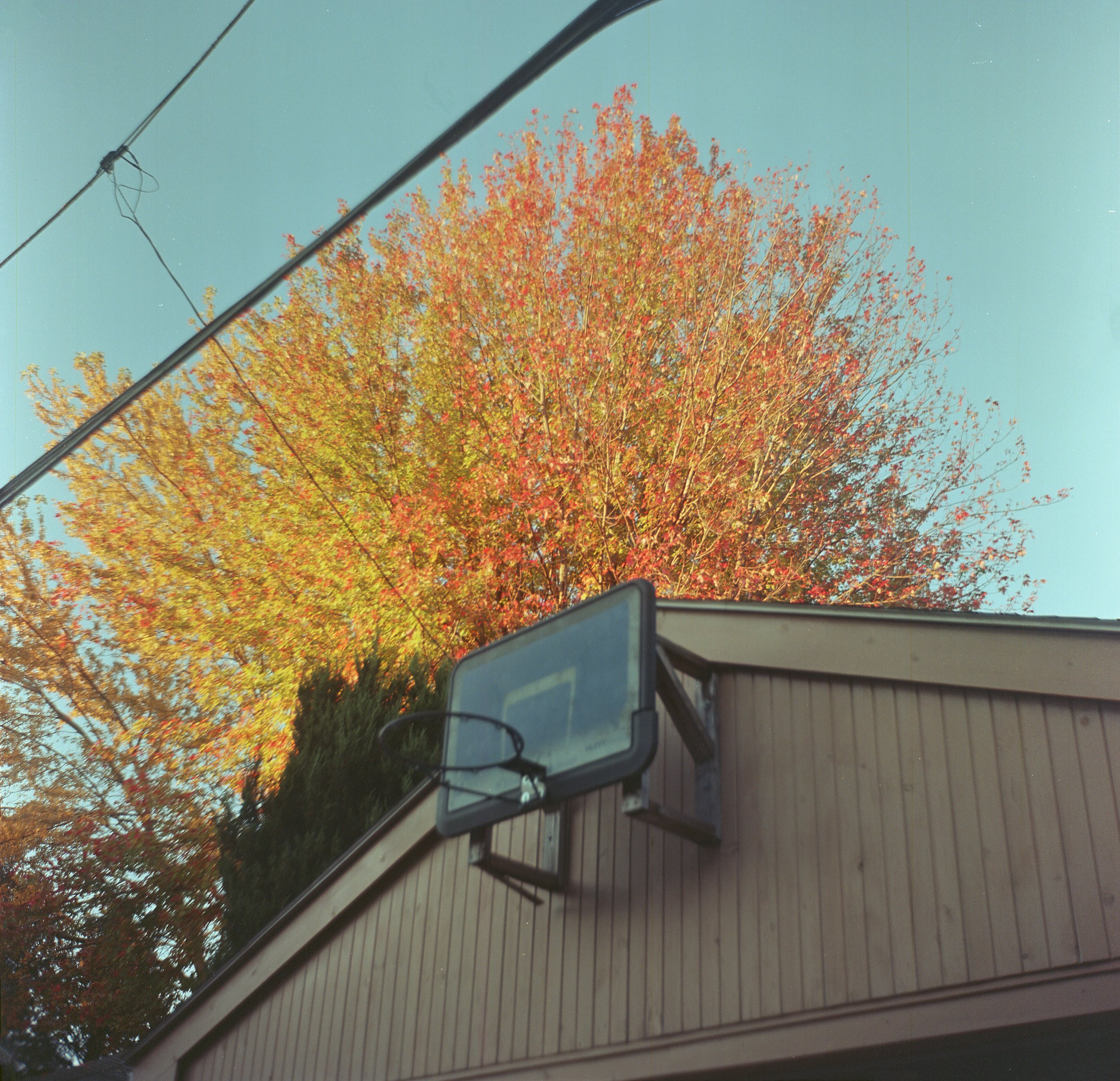October 24th 2021
Sears Tower Reflex III
As the photographic side of Sears was starting to grow, in the early 1950s they decided to take a handful of TLR cameras, rebranding them in the Tower name. Varying heavily in quality and brands, one of the lesser known companies was Bolta. Later known as Photina, Bolta was a short lived German company lasting from the early 1920s to the late 50s. Sears chose to rebrand three of their cameras in the Photina line. Each camera increased in features, options, and price. Right in the middle of that series was the Photina II. A year later in 1953, Sears had imported and rebranded the camera as the Tower Reflex III.
The Third Tower
When a camera is still in working order but has some serious wear, it takes on a very different feel. You cannot help but wonder about the images captured and the exciting life it has lived. I enjoy having some cameras that have this type of look and it shows that the camera was well used and above all cared for enough to be around today. This Tower Reflex III has a lot of wear, having the lens barrel coating completely worn off. It really adds to the character and I believe it handles the look relatively well.
The Tower Reflex III is a brilliant type TLR (non-viewfinder focusing) with a significant amount of control left for the user. Looking at the camera overall, you can see a two tone camera design of matte silver and painted black, indicative of most TLR cameras of the era and in the years to come. Black leather is featured on all sides besides the textured metal top. An interesting and unique design is in the film door. The release mechanism is on the top of the camera and releases the entire back and bottom, leading to a sleek design. Polished and matte metal make up the majority of the taking lens, along with a few lens markers and the Tower logo. There are bits of color here and there, but the Reflex III takes on a more contemporary and understated design.
Starting with the camera facing away from you, looking at the top, there are two chrome tabs. The left side tab opens the sports finder, and the right opens the reflex viewfinder hood. My particular example is missing the smaller square metal piece on the sports finder, which would house around the red Tower logo on the hood. Between the two tabs is a switch, used to open the film back. The switch is labeled on the open position, having a red marker. To the right of the hood, there is a small rectangular cutout. This can either be red, indicating you need to wind on to the next exposure, or green saying the camera is ready to take a picture.
Looking at the back of the camera, the film counter window is springloaded with a reminder of what film this camera takes, along with a tripod socket on the bottom. This socket is connected to the fully removable door, and I would be careful to not use excessive force here. Each side has strap mounting points and a control for loading/winding. With the camera still facing away from you, the left side has what looks to be a knob, but this does not turn but pulls out. It is used as the stationary point, while the knob on the right side can also be pulled out, and is the winding control for advancing the film.
All exposure controls are on the taking lens of the Reflex III. Looking directly at the lens, closest to the camera body is the aperture control. The sliding scale is controlled by a chrome tab on the right side of the shutter with the readout on the left side going from f/3.5 to f/22. Right underneath that scale is a threaded shutter release and a sliding switch on the cameras body used to fire the shutter. The Pronto shutter is not automatically winding, so you will need to prime it with a lever, adjacent to the aperture scale. Flash photography is also possible at all speeds, with a PC port located next to the aforementioned lever. Right in line with the winding lever, is the shutter speed selection ring. The Reflex III has a selection of bulb and 1/25th, 1/50th, 1/100th and 1/200th of a second. This camera has a self timer as well, identified by a red dot on the right side of the shutter. Lastly is the lens. This particular variation of the Reflex III has a Westar 75mm f/3.5 focusing font element. With a depth of field scale viewable when using the camera normally and looking down. There is an almost full rotation of the lens when focusing from infinity and 32 feet down to 3 feet, adding to more precise scale focus.
THE SPECS AND FEATURES
Shutter Speeds - bulb, 1/25, 1/50, 1/100, and 1/200th
Aperture - f/3.5 to f/22
Meter Type - none
Shutter - Pronto, leaf shutter
ASA - dependent on film
Lens - 75mm Westar [Optical Werke Göttingen GmbH]
Flash Option - PC socket, sync on all shutter speeds
Batteries - none
Film Type - 120
Other Features - fully removable film door
The Experience
I was looking around for one of the Sears Tower TLR cameras, specifically the Tower Reflex 30, but I ran across a particularly worn example of a Tower Reflex III. The price was not too bad, and I found myself in possession of the camera a week or so later. An initial test showed that everything was functional on the camera, except the double exposure prevention. A feature I can live without, and one that I was not too concerned about and would work on fixing in the future. The TLR was then set aside for a bit while other cameras and articles had a higher priority. That was until I needed a camera to test a couple rolls of Shanghai GP3 100.
I dusted off the Reflex III and proceeded to familiarize myself with the controls once again. While initially loading the film, I found it was a bit tricky. One of the spring loaded points was corroded and difficult to maneuver, while the other would not stay pulled out. A bit of brass brushing and grease helped, and I was out the door shortly after. One thing to note is the initial unexposed roll oddly lays at the bottom, just barely being held in place with a few spring steel arms pushing the roll toward the door. You can tell this was not the highest end model just by the build quality. I was not too concerned as the real test would be how well the 75mm Westar lens performs.
All went well on my walk, but there were a few hang ups. The focus was a bit stiff, and someone seemed to have broken off the focusing stops at infinity and three feet. I also kept pressing the wrong tab to open the hood. Not a problem really on the cameras part, I just needed a bit of time to get used to it and to grease the lens threads. After an hour or so walk I had two pictures left on the roll and decided to take a picture of myself in the mirror. I took the shot, opened a stop, took the shot again, and started to wind to the end of the roll. Something seemed to slightly catch in the process, possibly the adhesive strip on the end of the roll, and I thought nothing of it. The tension increased and the entire back of the camera shot off, aggressively hitting the floor at a startling speed. Luckily I was at the end of the roll, so not too much would be lost. I went on to develop the roll and had quite the surprise of seeing just how grainy expired Shanghai GP3 can get. It was a bit under exposed, being I shot at box speed, and it had an odd rough texture all around. Not the best results and I will have to stand develop or shoot at 50 ASA next time. Some interesting pictures, but I would need to throw in a fresh black and white roll for a real test.
I went out one morning on the weekend with a roll of Lomography color 100, really wanting to get a shot of light coming in the window in a park I’ve visited before. I’ve tried at least 5 different cameras, a multitude of ranges, and film stocks attempting this shot, but can never quite get a decent image. The ground is somewhat uneven here and sloped down. Getting a truly level and square shot is not easy. I ended up holding the camera upside down above my head, trying my best to take an accurately framed shot. The brilliant finder works just fine, but at a distance, it can be hard to have a correct viewing angle. With my arms slightly shaking, guessing the scale focusing, and having to meter quickly because the sun’s angle was changing… created unremarkable images. This would sadly become a theme with the camera.
Three more rolls of film later, I came to the conclusion that the Westar lens does not produce the greatest contrast and the focus tends to fall off on the edges when shooting wide open. Most shots I took were at infinity or close to it. I felt the camera underperformed in most lighting conditions, and I tried five different film stocks to see if it was just me. The Tri-X 400 I shot fared the best, but that is a contrasty film to begin with. I don’t want to harp on the camera too much, but I was really underwhelmed. Given more time and a half dozen more rolls, I feel that I could dial in the camera’s lens and find where it shines. I feel this camera is better suited for studio or portrait work, with compensating the contrast in development or scanning.
Would I recommend this camera, that’s tough. I enjoyed using the camera, and I would say if you are willing to put in the time to really dial in the Westar lens, then I would say yes. For the rest, I would say be wary. The camera can command higher prices and is somewhat uncommon. I truly believe that every camera is capable of great pictures and will be keeping mine for the time being. I see the potential this camera has and will be running a few more rolls through this winter to see what the lens can really do.











